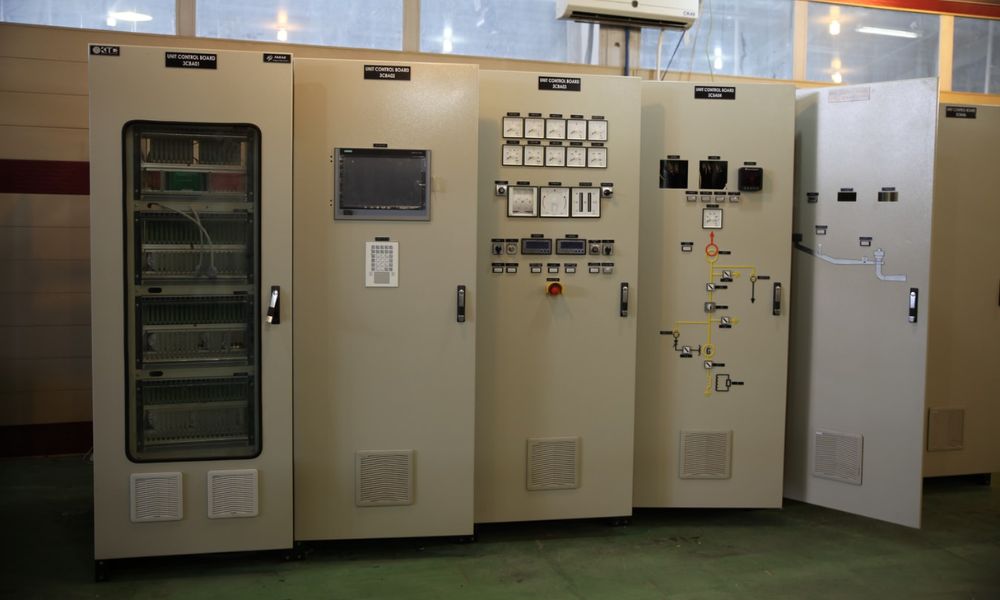
In the complex world of electrical engineering, the frequency of power supply is a crucial factor that can significantly impact performance. There are a few noteworthy effects of using 60Hz on a 50Hz power supply and understanding how these systems work can make a world of difference. Today, Visicomm is here to go over some of the technical aspects and help ensure your power supplies continue to work properly.
Understanding the Basics of Frequency Conversion
Before we can explore the effects, it’s pivotal to grasp the fundamentals of what happens when a 60Hz supply encounters a 50Hz system. The frequency of an alternating current (AC) power supply is the number of cycles within a second, which we generally measure in hertz. In most instances, the conversion between 50Hz and 60Hz is a matter of using a frequency converter, an electric device that converts the frequency of an input power source to a power supply of the required frequency.
The differences between these frequencies extend beyond numerical values. When a 60Hz supply interacts with a 50Hz system, certain electrical components may endure more cycles per second than they are designed for, creating potential instability. Conversely, when a 50Hz power supply is used with a 60Hz system, critical operations dependent on specific timing may fail or experience glitches due to fewer cycles per second.
Potential Risks and Solutions
The effects of using 60Hz on a 50Hz power supply may not seem noticeable at first, but over time, it can cause bigger and more obvious problems. High-frequency strain can lead to overheating and accelerated wear in motors, reducing their lifespan. Sensitive electronics and power factor-corrected equipment may also suffer, causing operational inefficiency and potential safety hazards.
Thankfully, there are some helpful solutions to reduce some of the inherent risks. Industrial frequency converters can offer stable, uninterrupted power conversion, ensuring key systems perform as intended. Furthermore, the use of variable frequency drives (VFD) can regulate the speed of motors and other mechanical operations, maintaining a steady performance despite power frequency disparities.
Strategic Use of Frequency Variations
Despite the challenges, the strategic use of frequency variations can offer unique advantages for certain applications. In manufacturing, for instance, increased motor speed can boost productivity, while the adjustability provided by VFDs enables fine control over industrial processes. Understanding and harnessing the potential of frequency variations is an advanced approach that can yield significant efficiencies in the right contexts.
For those facing the complexities of operating within multi-frequency environments, the challenges of adapting systems to accommodate different power supply frequencies are well-known. Visicomm Industries specializes in offering a broad range of high-quality rotary frequency converters that can seamlessly bridge the gap between 60Hz and 50Hz systems, ensuring your operations run smoothly and efficiently. Contact us anytime to learn more about what we have to offer and how we can help with your electrical needs.